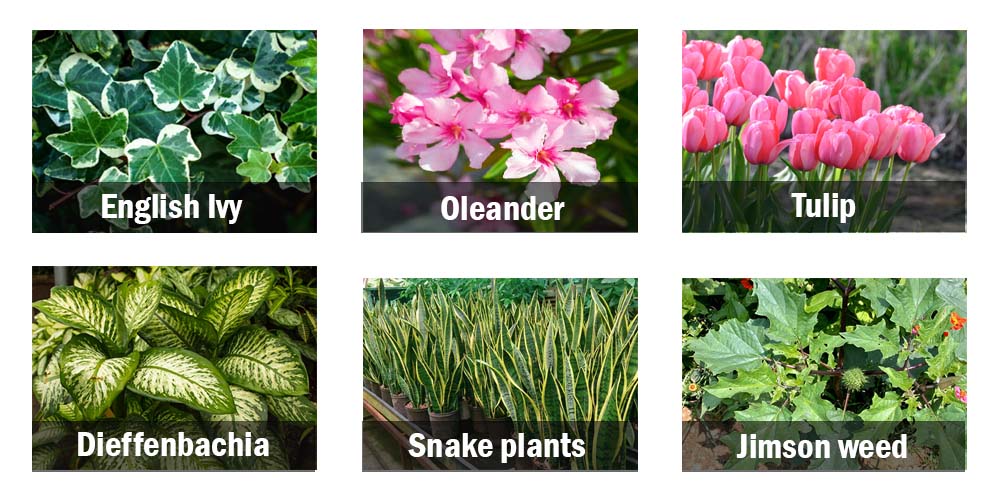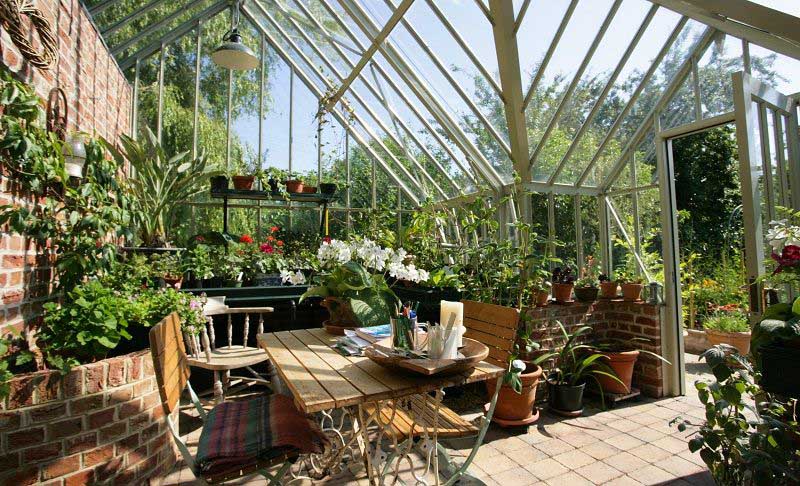A greenhouse, also known as a glasshouse, is mainly designed to stabilize the growing environment of plants, allowing stretched seasons and multiplied yields. However, in modern days people have developed a tendency to live and sleep in these structures. Sleeping in a greenhouse has resulted in multiple safety questions going unanswered where nature lovers wonder how safe it is to spend a night in these structures.
So, is it safe to sleep in a greenhouse? Yes, it is. The fresh, natural environment in a greenhouse replenishes your oxygen levels, boosts serotonin, relieves stress, and ensures quality sleep. However, it is only safe to sleep in a well-ventilated greenhouse, free of dangerous inhabitants, and with controllable temperatures.
Is it Safe to Sleep in a Greenhouse?
Nowadays, I see people, especially nature lovers, building and living in greenhouses. With the proper knowledge, you can not only sleep in a greenhouse but also live there. The environment can be entirely safe or overly dangerous, depending on your preparation.
If you want to spend nights in your greenhouse, go ahead and prepare it. I can assure you of safety and good sleep, provided you follow the instructions. If you’re worried about plants releasing carbon dioxide and suffocating you, keep reading to clear out the fear.
Before everything else, below are three main conditions that you must satisfy before sleeping in a greenhouse.
1. Ensure Proper Ventilation
Proper airflow is crucial for any person sleeping in a place with multiple species of plants. There should be at least three side vents and a large roof vent to keep the air circulation constant. Ventilation is necessary because plants sometimes produce carbon dioxide mostly at night during their respiration process.
Fresh oxygen input is needed whenever a person is spending a night in a dark room with a plant. Carbon dioxide accumulation is very likely when sleeping around plants at night. If the gas concentration goes beyond 10 percent, it may make you convulse, go into a coma, or even die.
2. Separate Sleeping Area
If you’re an adventurous person, having a sleeping room in a greenhouse will give you the most out of your plants. This room could be a tent, a screen, or a building that secludes you from the greenhouse. I would recommend a wooden house or a double-glazed glass because they don’t require much energy for heating and cooling.
This room is also necessary to keep people who sleepwalk at night safe and prevent them from walking into the plants. Also, maintaining safety is very difficult without a separate room. Some insects attracted to plants may attack you if nothing separates your sleeping area from the plants.
3. Ensure You Can Regulate The Temperature
You should be able to control temperature conditions in the greenhouse before spending the night there. I recommend you invest in a hydronic heating system that uses solar panels to power them. This is an eco-friendly power solution though you might require an electric fan heater for colder days like in winter.
Do not despise a heater during winter if you want to sleep peacefully. You may also consider insulating it properly for added warmth. A well-insulated greenhouse will be about 20 to 30 degrees warmer than the exterior.
Which Plants are Not Safe to Sleep Around?
Many people aspiring to sleep in these controlled environments often ask, is it healthy to sleep in greenhouse? Sleeping in these structures has many advantages to your mental and physical health. However, not many people remember to ask about plants that may not be safe to have in a greenhouse where you sleep.
Surprisingly, not every plant should be kept in a greenhouse where you or your pet are sleeping. Some can cause physical harm to you, while others affect your health, as explained in the table below.

| Plant | Effects |
| English Ivy | Just like Poison Ivy, they cause itchiness, rash, or skin irritation, especially for people with allergic skin reactions. They can also lead to breathing problems in pets if ingested. |
| Oleander | This pink flower is highly toxic to both you and your pets. Its shrub or just one leaf is enough to cause serious health problems to your pet. |
| Tulip | These bulbous spring-flowering plants are harmful to your pets, especially if they ingest their bulbs. If you have skin allergies, I don’t recommend you sleep in a greenhouse where they are present because they can cause skin itchiness. |
| Dieffenbachia | Also called dumb cane, they contain raphides that cause a burning sensation and breathing problems if ingested. They may cause a skin rash if the plant’s sap comes into contact with your body. |
| Snake plants | Despite being an efficient day and night source of oxygen, they can cause throat and mouth irritation in humans. Snake plants are highly toxic to pets if ingested. |
| Jimson weed | It has a velvet green color and is used to treat nerve diseases. It can lead to hallucinations and vomiting if inhaled or ingested. |
Please note that not everyone gets affected by all these plants. Some people and even pets are allergic to some, while others are not. I would advise you to avoid sleeping around them unless you’re sure they wouldn’t affect you.
FAQ
The question is – can you sleep in a greenhouse? is only one among many others asked by people who like sleeping in controlled environments. Below are more questions that people ask. I have handled them decisively to clear any fallacies and fears.
- Do Greenhouses Stay Warm at Night?
On a warm day, a greenhouse traps heat from the sun inside the covers and uses it to keep the plants warm at night. This is unlike Wallpini, a dug-in greenhouse where plants could grow at a temperature of minus 30 degrees.
Modern greenhouses require electric heaters during winter months to keep the plants warm. I recommend having a temperature control system all year round to regulate these temperatures anytime you live in them.
- Can You Live Inside A Greenhouse?
Yes, you can comfortably live in a well-maintained greenhouse. This living environment is healthy provided you observe the right safety measures. Bill Mollison named this method of growing plants permaculture. Given that it is a sustainable method for growing plants, the environment can also favor human beings.
While living in a greenhouse, you can control temperature and humidity and maintain a summer condition all year round.
- Do Plants Steal Your Oxygen At Night?
At night, plants respire like humans, taking in oxygen and releasing carbon dioxide. Therefore, it’s correct to say plants steal your oxygen at night, but with proper ventilation, they can’t affect you. In a place with many different plants, I recommend mixing several plant species.
But, you have to be careful of the plants you mix in your greenhouse if you want more oxygen at night. Plants that release oxygen at night include spider plants, aloe vera, and peace lily, among many others. Incorporating them improves oxygen levels in your greenhouse, thus boosting air quality. However, don’t rush to plant them because some trigger bad allergies.
Conclusion
Unlike in the 17th century, when greenhouses were made from timber and brick, modern greenhouses are more advanced. They have better and warmer materials that encourage humans to live in these controlled environments where they can regulate temperature and humidity. This control allows you to control the seasons and increase yields while you enjoy quality sleep.
When all is said and done, meeting the requirements needed before sleeping in a greenhouse is crucial. These requirements guarantee your safety so you can get the full benefits of sleeping in these environments. But, remember, some plants are good air purifiers yet are highly toxic. English Ivy, for instance, may affect your skin and that of your pet terribly.

